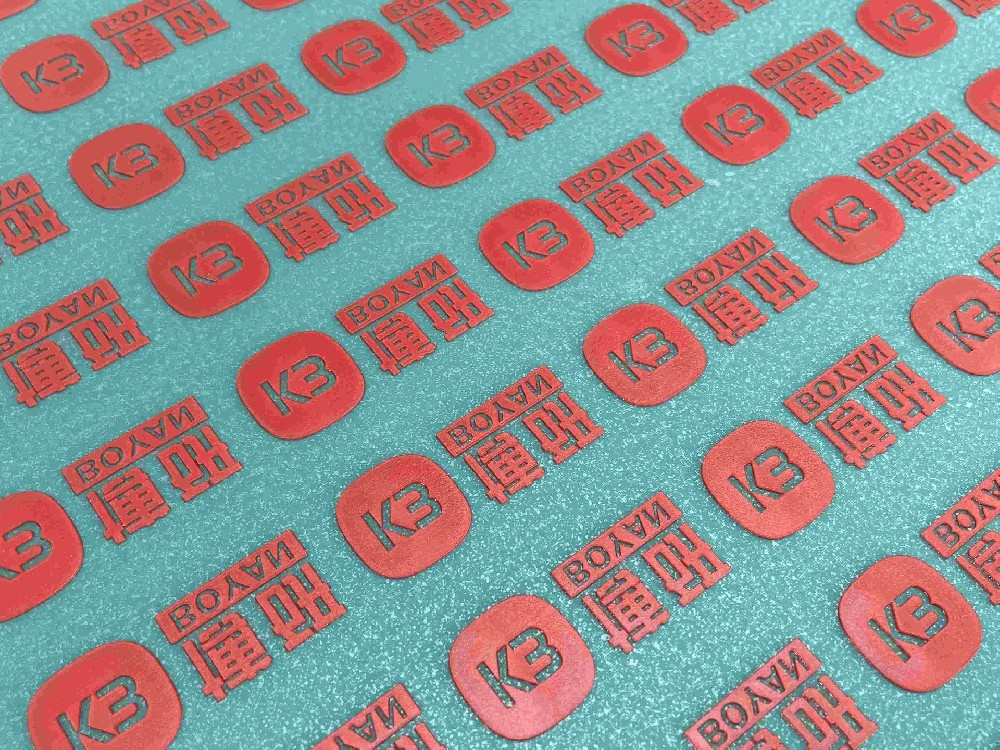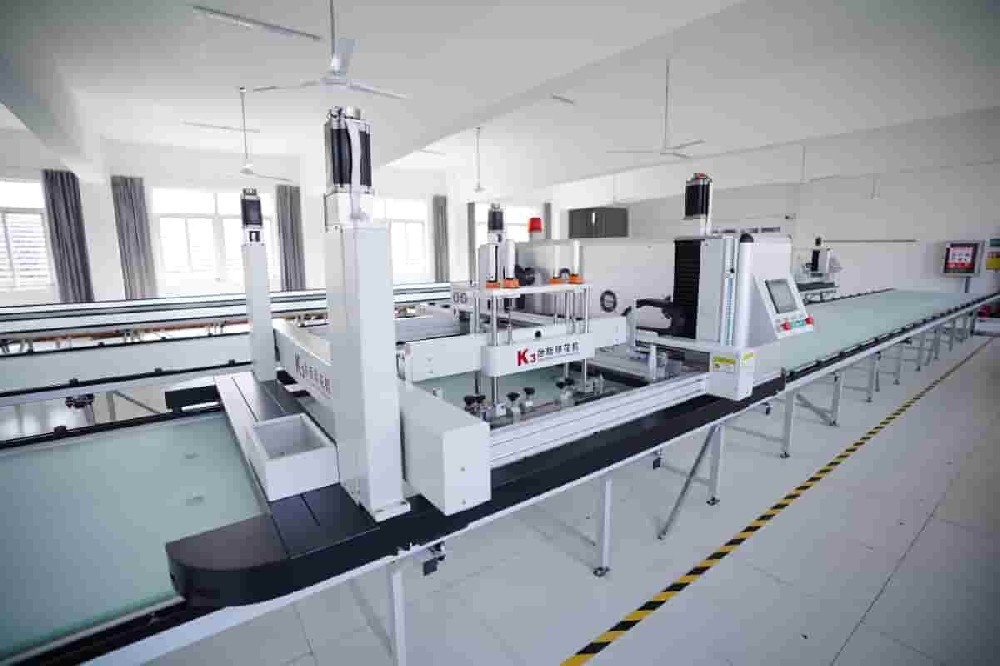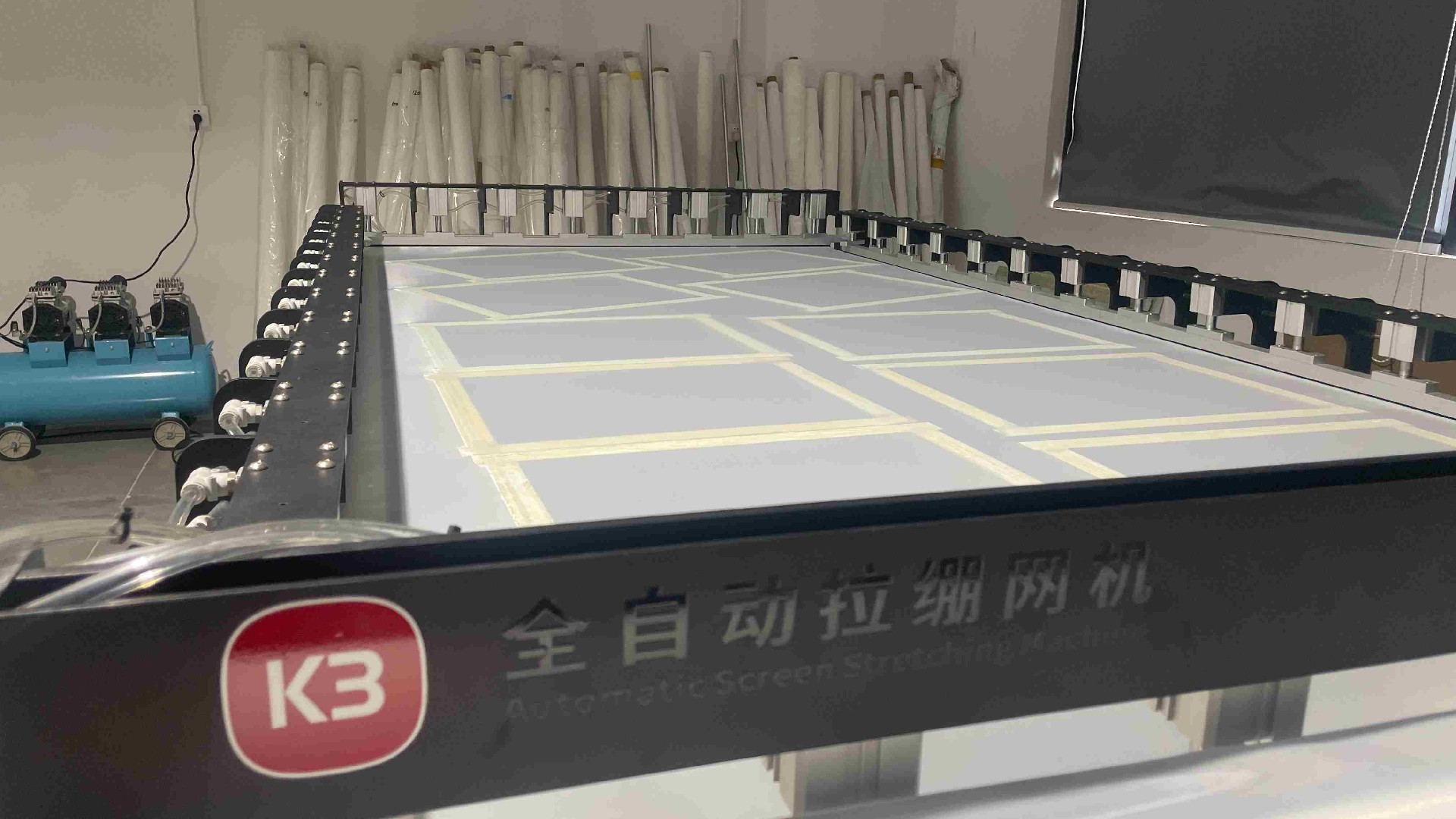3D silicone heat transfer is a process that forms liquid silicone through screen printing and transfers it to fabrics, clothing, or webbing through high-temperature hot pressing. It has a three-dimensional effect, excellent fastness, and soft touch, so it is popular in sportswear, underwear, luggage, and webbing industries.
This article will share 6 practical suggestions for improving the efficiency and quality of 3D silicone heat transfer printing from the aspects of equipment selection, printing process, screen parameters, operating skill, and post-printing processing, to help you stand out in the competitive market.

Compared with traditional manual screen printing, automated printing machines can greatly improve printing speed and consistency. For example, the K3 table screen printing machine can achieve continuous multi-station operation and nearly 1,000 prints per hour, effectively solving the problems of slow manual operation and high repetitiveness. At the same time, the automatic scraper system ensures that the pressure and angle of each scraping are consistent, improving the stability of the finished product.

When designing 3D silicone patterns for thermal transfer, attention should be paid to the continuity of text and graphics. If there are a large number of independent small characters or fragments in the pattern, it is easy to drop or break after transfer. It is recommended to slightly connect the edges of the characters during design or add a mesh bottom to enhance the integrity of the pattern.
If the mesh tension is too high, it is easy to cause the mesh to break during printing; if the tension is too low, it will affect the clarity of the pattern edge and even cause missed printing. It is recommended to use automatic mesh pulling equipment with stable tension (such as a closed-loop tension control system) to ensure tension consistency. At the same time, the scraper angle is recommended to be controlled between 65° and 75°, and the pressure is moderate to ensure that the silicone is fully transferred into the mesh without overflowing.

High-quality 3D silicone needs to have good fluidity, fast curing speed, and strong adhesion. Choose silicone materials of different hardness or viscosity according to the pattern thickness and number of prints. At the same time, the main agent and curing agent should be accurately mixed in proportion, and the operation time should be strictly controlled to avoid premature cross-linking of the material and affect the printing effect.
After 3D silicone printing, it must be cured by a hot air furnace or infrared heating. Too low a temperature will cause the pattern to be sticky, and too high a temperature may cause it to be burned. It is recommended to increase the temperature in stages, such as 60 seconds preheating + 120 seconds constant temperature curing (the specific temperature depends on the material).
It should be completely cooled before demolding to avoid deformation or sticking of the pattern due to high-temperature demolding.
Many printing problems are rooted in improper operation. Establishing standard operating procedures (SOPs), such as screen cleaning frequency, scraping parameter settings, equipment maintenance cycles, etc., and systematically training operators can not only improve the yield rate but also reduce material waste.
3D silicone heat transfer is a process that combines both artistry and technology. By adopting automated equipment, optimizing pattern design, accurately controlling process parameters, and improving operational standardization, printing efficiency can be greatly improved, and the quality of the final product can be significantly improved.
If you are considering upgrading manual production to automation, please get in touch with us for free sample testing and technical evaluation.
A1: It is recommended to use a polyester screen between 130-200 mesh. High mesh size is suitable for detailed performance, and low mesh size is suitable for thick film stacking. The specific selection should be based on the complexity of the pattern and the viscosity of the silicone.
A2: The appropriate silicone should have good fluidity and thixotropy, not be easy to draw, and smooth scraping without bubbles. During the test, you can use a small sample print to compare and observe the edge and thickness.
A3: Common problems include burrs on the silicone edge, uneven thickness, bubbling or pattern shedding, most of which are related to screen tension, scraper angle or glue.
A4: The automatic screen printer improves printing consistency and output, reduces manual errors, and cooperates with infrared or hot air curing systems to improve production rhythm.
Here, you can submit your questions and needs online, we will contact you as soon as possible or direct online reply!
If a response is urgently needed, please call 00864009969505
 WeChat
WeChat